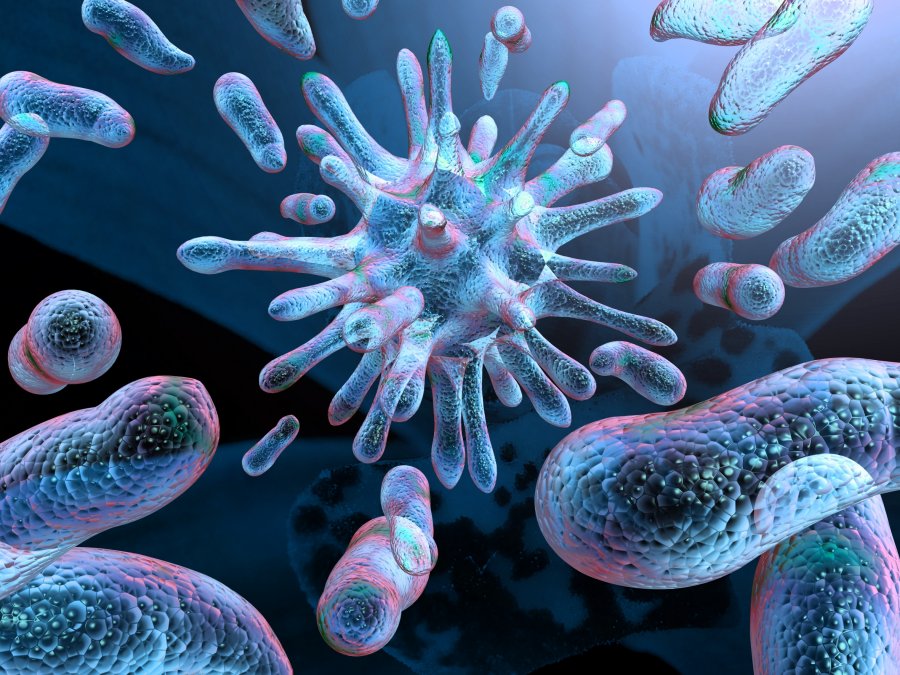MessageToEagle.com – Almost all the microbes inside us are unknown to science, according to a new Stanford study.
A new study of DNA fragments found in the human bloodstream suggests that more than 99 percent microorganisms (collectively called microbiome) were previously undiscovered.

These microorganisms are found in our guts, on our skin, in our mouth and many other places of our bodies. Their importance is crucial because they help keep us alive.
However, they have never been seen, suggests research from Stanford.
Of all the non-human DNA fragments the researchers gathered, 99 percent of them failed to match anything in existing genetic databases the researchers examined.

Over the course of several studies, the team collected, studied and catalogued all the DNA fragments they could find.
They found a large chunk of new bacterial DNA, and DNA from the torque teno family of viruses.
“We found things that are related to things people have seen before, we found things that are divergent, and we found things that are completely novel,” says study author Stephen Quake adding that the team have doubled “the number of known viruses in that family through this work.”
Among the known torque teno viruses, one group infects humans and another infects animals, but many of the ones the researchers found didn’t fit in either group.
“We’ve now found a whole new class of human-infecting ones that are closer to the animal class than to the previously known human ones, so quite divergent on the evolutionary scale,” Quake explained.
Researchers hope to study the microbiomes of other organisms to see what’s there.
“There’s all kinds of viruses that jump from other species into humans, a sort of spillover effect, and one of the dreams here is to discover new viruses that might ultimately become human pandemics.”
Understanding what those viruses are could help doctors manage and track outbreaks.
Research is published in the Proceedings of the National Academy of Sciences.
MessageToEagle.com






